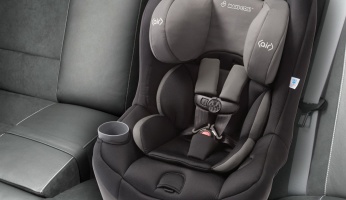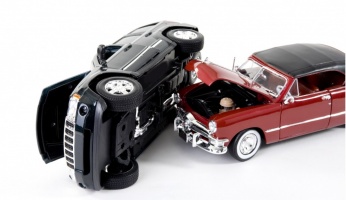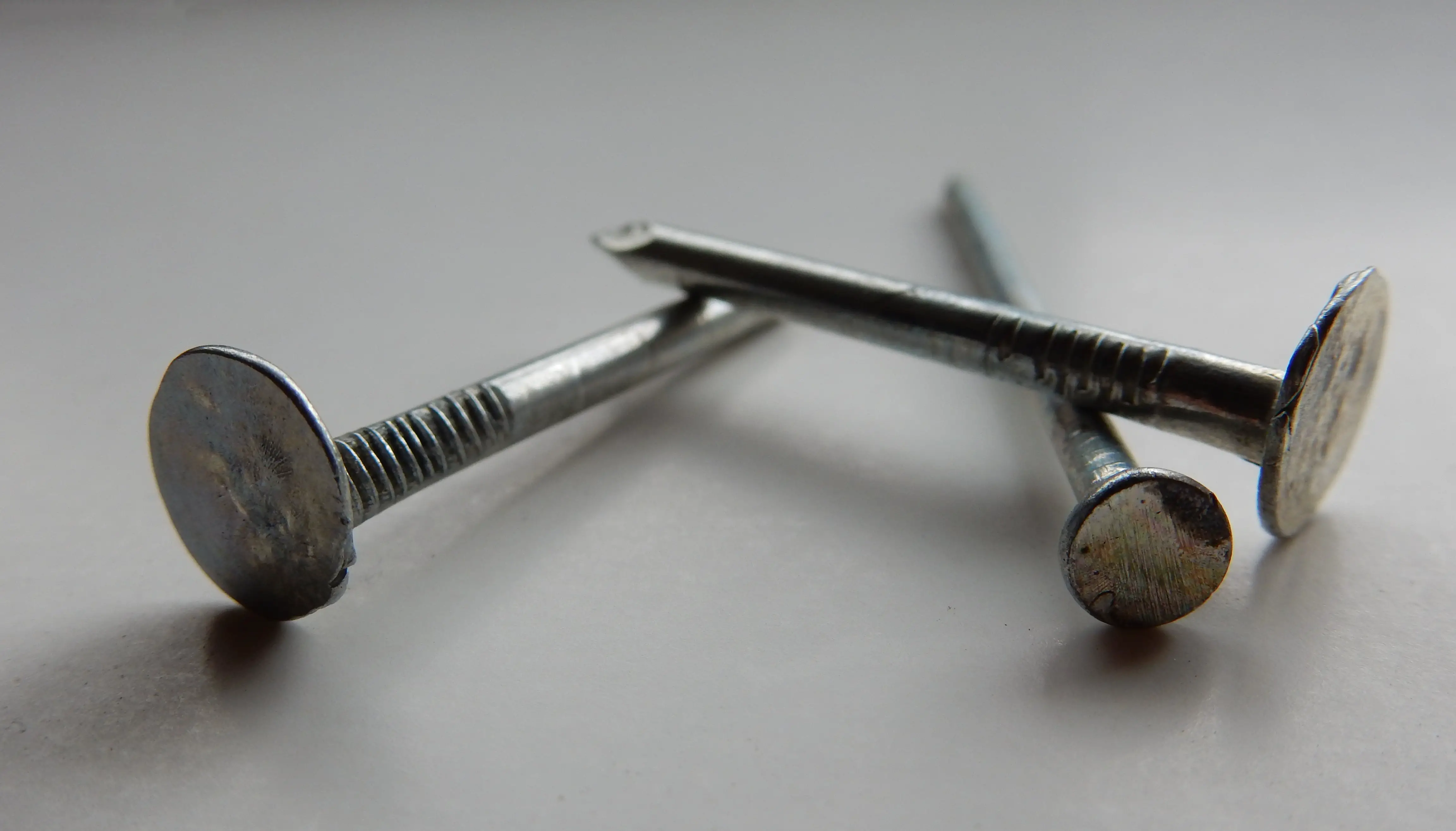The Most Common Car Injuries When It Comes to Kids
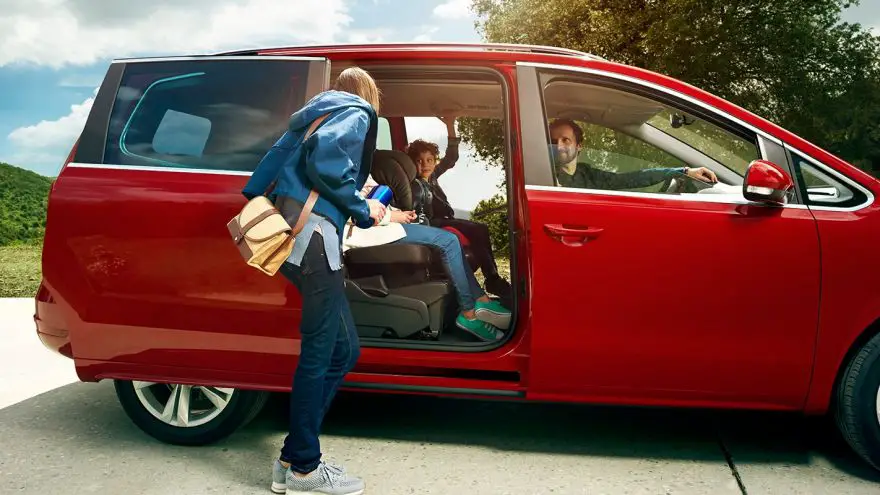 The Most Common Car Injuries When It Comes to Kids
drivrzone.com
The Most Common Car Injuries When It Comes to Kids
drivrzone.com
A big part of parenting is keeping our children as safe as possible. There are many aspects to that, but a big one is car safety for our children. That is because the car can become a very dangerous place, especially for a child. In fact, car accidents are the number one killer of children. Even apart from the deaths caused by car accidents, car accidents also cause a very large number of non-fatal, but still very serious, injuries to children.
What is the Most Common Car Injury for Kids?
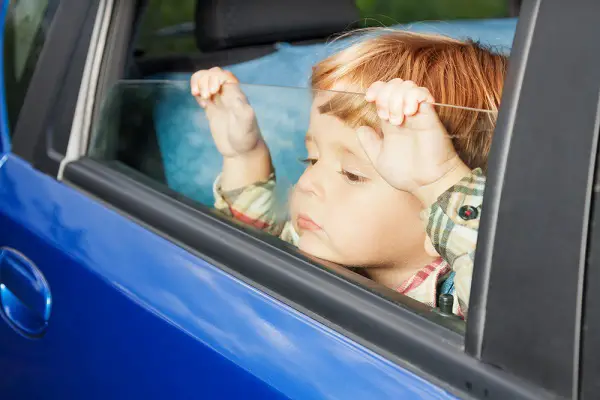
Children are much more susceptible to injury than adults when it comes to cars and car accidents. There is a wide variety of different injuries that a child may end up incurring in the event of a car accident and those will depend on a wide variety of circumstances as well. The speed of the car(s), the location of the child in the car, the type of restraint that the child is in, the age and size of the child, as well as other factors will affect what injuries, if any, that a child sustains from a car accident.
Head and brain injuries tend to be the most common injuries sustained by children in car accidents, and there are a wide variety of different types of head and brain injuries that a child may end up with in the event of an accident. It is certainly unfortunate that these types of injuries are so common among children in car accidents as they can have truly devastating results. Head and brain injuries can lead to severe and permanent damage to many different aspects of a child’s brain function including things like memory, communication skills, ability to learn and solve problems, and even the child’s emotions.
Specific Brain and Head Injuries Kids May Incur in Car Accidents
There are many different brain and head injuries that can occur for a child in a car accident, but the most commonly-occurring injuries are injuries to the cerebrum. The two larger, wrinkly parts of the brain in the front of the skull are the cerebrum and lacerations and contusions to this part of the brain are the most common injury related to cars in children. These are referred to as cerebral lacerations and contusions which simply means cuts and bruises to this area of the brain called the cerebrum. These injuries range from minor to very severe, and may cause virtually no issues at all, or may cause many issues to cognitive function or even death.
While cerebral lacerations and contusions are the most common brain or head injury that children get from car accidents, they are definitely not the only one. Skull vault fractures or skull base fractures, which can possibly lead to an inability to hear and/or problems with vision, may also happen to a child in a car accident. Other potentially head and brain injuries for a child in a car accident may be subdural hematomas, concussions, unconsciousness, or subarachnoid hemorrhaging.
Other Car Injuries that May Occur to a Child

Head and brain injuries, especially cerebral injuries, are the most common injury that children incur in car accidents, but there are other injuries that can occur to them as well. After head and brain injuries, the most common injury that children end up with due to a car accident is an injury to the abdomen or chest. Just like with head and brain injuries, there are many different types of chest and abdominal injuries.
Chest injuries that are common in children during a car accident include injuries to the lungs. These can be very severe and dangerous as the lungs are completely vital. Sometimes only one lung may be injured which is still very severe and requires treatment right away, but in some cases both lungs may be injured which is even more serious and urgent. Injuries to a child’s lungs in a car accident can result simply from the force of the crash and/or blunt trauma to the chest, but may also occur due to the toxic fumes and/or smoke that results from some car accidents.
Other chest injuries that a child may get from a car accident could be to the ribs or even the space that holds the ribs and lungs, known as the thoracic cavity. Rib injuries can cause a wide range of problems that differ greatly in severity. A very minor rib injury may just cause soreness, while a very severe injury of the ribs could potentially lead to a broken piece of sharp bone causing a lung to collapse or in some cases could even potentially cut the aorta which is the largest artery in the body and would cause severe internal hemorrhage if cut.
Abdominal injuries may also occur and can be very serious and life-threatening. The types and location of injuries in the abdomen can vary greatly. Some abdominal injuries that are most common in children that have been in a car accident include injuries to the kidneys, injuries to the large and small intestines, injuries to the liver, and injuries to the spleen. It is also possible for your child to receive injuries to the limbs and joints which may not be as serious in general as injuries to vital organs, but do still have the potential to cause life-threatening blood loss.
How to Prevent Car Injuries in Kids
Reading about all the potential injuries, especially life-threatening injuries, that a child may end up with in the event of a car accident can be very scary and cause serious worry. While there is no reason to throw yourself into a panic, it is good and healthy to be a little weary of the car when it comes to your kids. You really can’t be too careful when it comes to something as preciously important as your children’s lives. It’s important to know what can happen to your child in the event of a car accident, but what is even more important is making sure that you do everything you are able to do in order to reduce the likelihood of a serious injury occurring if you do get into a car accident while your child is in the car with you.
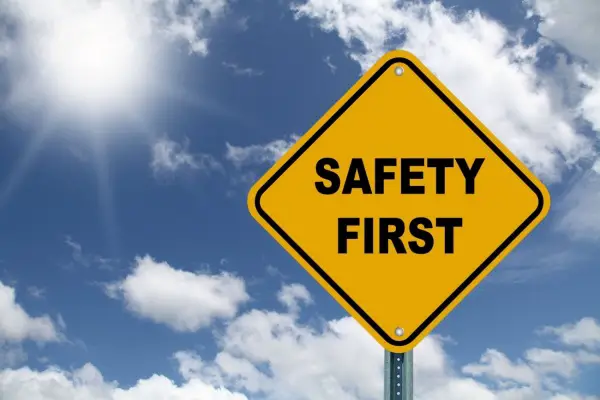
The absolute most important thing that you can do that will make the biggest difference in reducing your child’s chance of serious injury or death in the event of a car accident is to choose the safest car seat possible for them according to their size and then use that car seat properly. Unfortunately, it is not at all uncommon for parents to not use the best seat for their kids, and what is even more sad is that it is not uncommon for parents to use their car seat improperly. It is estimated that approximately 75% of parents are doing something wrong with their child’s car seat – either with the way it is installed or with the way their child is put into the seat. These are serious mistakes that could cost your child their life and should not be taken lightly.
Rear-facing is without a doubt, the absolute safest way for a child to travel in the car. If your child is still able to rear-face, you should keep them that way for as long as possible. Every car seat is different, so if you are able to, look for a convertible car seat for your child that will rear-face up to 40 or 50 pounds which is the highest rear-facing limit on the market currently. Keep your child rear-facing until they reach the limit, then turn them around and keep them in a 5-point harness until they reach the limit for that. This is the best way to keep your children safe.
It’s also vital to use the seat properly. You not only want to install the car seat into the vehicle correctly, but you also want to put your child into the seat properly. The best way to ensure that you do these things correctly is to thoroughly read the manual of your child’s car seat. Don’t skip over anything and always listen to all of the instructions strictly. You should also look over the car seat section of your vehicle’s manual to get a complete picture of what you need to do to best ensure your child’s safety.
Be Cautious but Don’t Stress
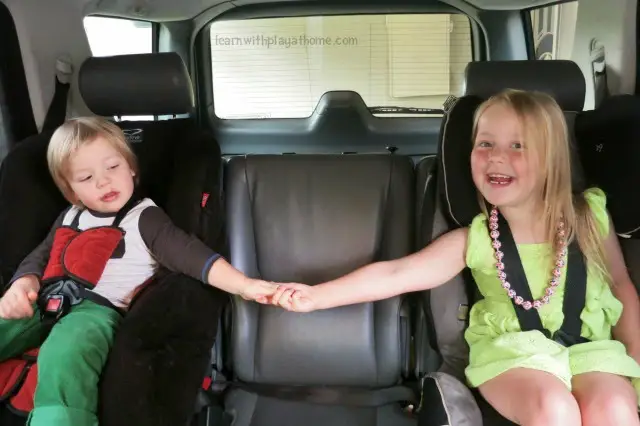
Knowing the potential dangers of the car for your child can be stressful, but as long as you do your very best to ensure your child is as safe as possible in the car, you should try not to worry too much. Car transport is an important part of our everyday lives and car seats, as well as cars themselves, have come a long way in safety. Do your best to ensure your child is as safe as possible, and try not to worry too much about things that are outside of your control.

